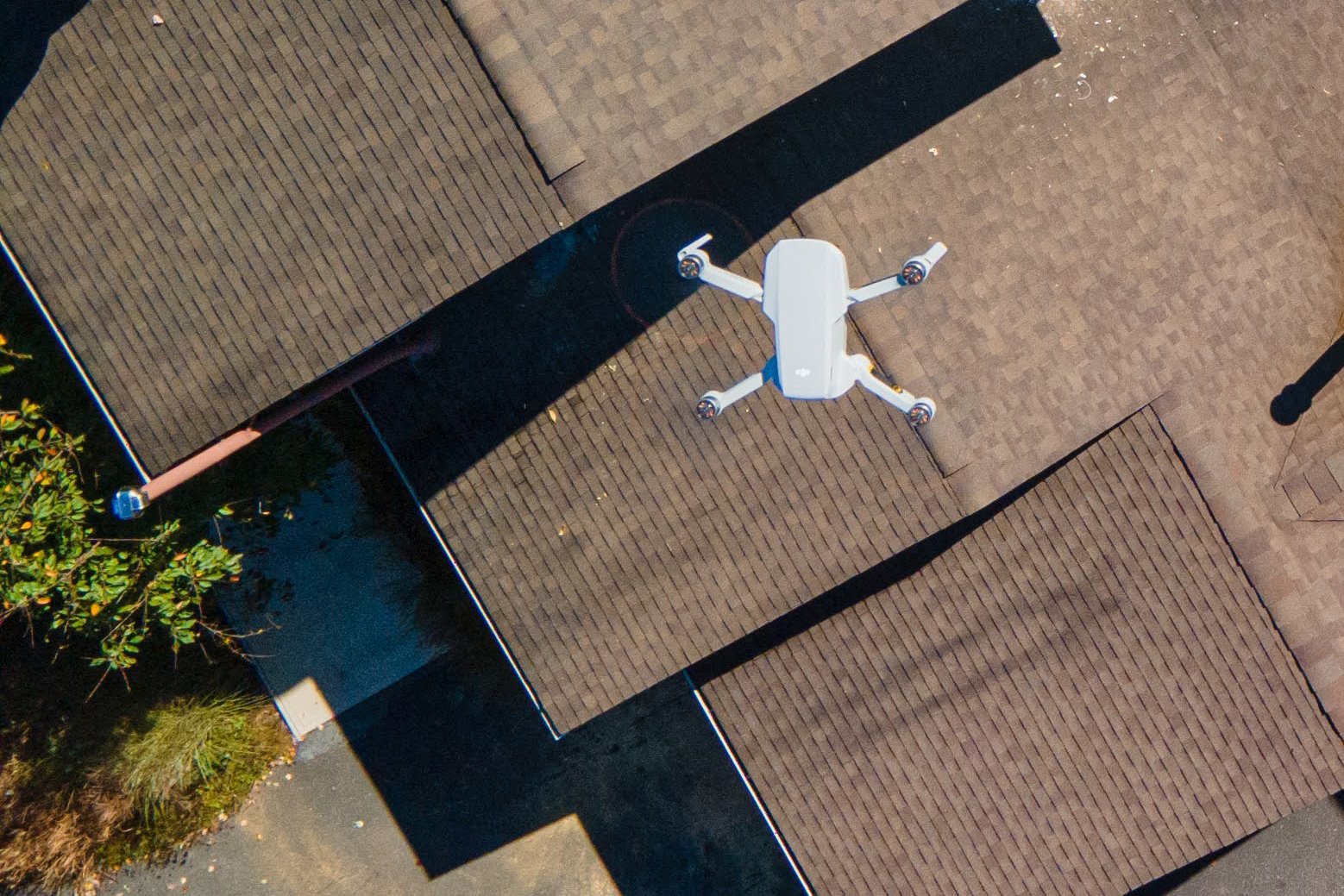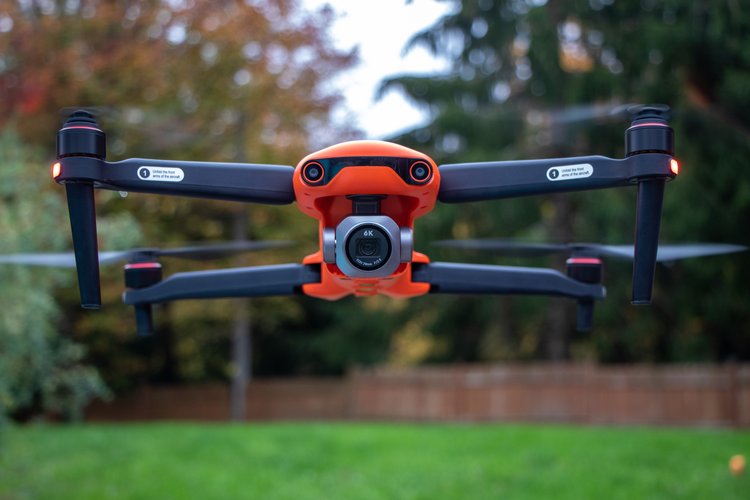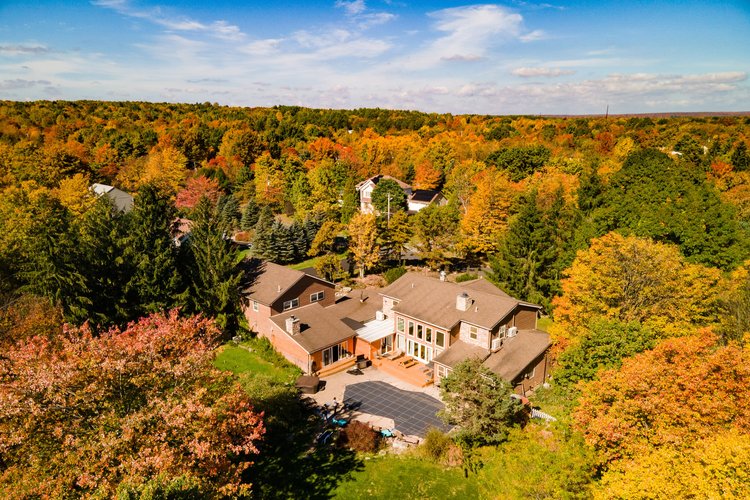When a drone pilot or surveyor goes to a site, especially in a suburban area, they often have to interact with neighbors.
Sometimes those neighbors are excited to learn about drones and have tons of questions. Other times they are concerned, fearful, or skeptical and can cause a lot of grief.
So that brings up the key question: since you can’t predict what kind of neighbor you’re going to get, how can you handle all neighbors with a single process that makes it easy for you to do your job?
At Scanifly we’ve seen hundreds of solar surveys take place with neighbors present, and seen the gamut from friendly questions to threatening to shoot the drone down. Through those experiences we developed a 12-point process for managing neighbors when drones are involved.
Project the right image
First and foremost, you need to look the part.
1. Dress with authority: Wear a safety vest, shirt with a company logo on it, and keep a name tag visible. This both makes drone flights safer and is an easy way to project authority so neighbors trust you when you speak.
2. Drive a clean vehicle: Your vehicle is an extension of you and is often the first thing community members see. Keep it clean and have a clear decal with your company brand on it so people know you’re a professional.
3. Set up right: Set up cones and a landing pad on your client’s property or in an open space on the road. While good for drone safety, it also projects authority because it shows you know what you’re doing.
Think about it from the neighbor’s perspective
Whether someone is curious or concerned, the best way to manage a neighbor is to think about things from their perspective.

4. Try to pre-empt privacy concerns: Especially in communities with swimming pools, people might feel a drone is a privacy invasion. The first thing to do is knock on the door, greet the neighbors, and tell them what’s going on, particularly pointing out that you will not be taking any pictures of their property.
Pro tip: If possible, ask your client to tell their neighbors ahead of time that you’ll be conducting a drone survey.
5. Think about fear: Many people fear being surveilled or attacked by a drone. Some are so fearful they will threaten to shoot the drone out of the sky. These fears need to be respected, but shouldn’t stop you from doing your work. If you dress the part and explain that you’re only taking pictures of your client’s property per their request, this usually assuages surveillance fears.
6. Think about communication: When you speak to someone (or even if they aren’t home), leave a flyer or print out behind with the basic facts about your work with drones. You could also highlight different benefits depending on who you’re talking to: energy independence and getting off the grid, environmentalism and going green, or cost savings and doing what you want with your property.
Using drones as a business-driver and community-building tool
Done right, drones can be a community building tool and massive business driver.

7. Invite people to watch the survey: A lot of people will be curious about drones. Leverage this and invite people to watch you survey the property. One Scanifly customer even said they let kids hold the controller. The drone is flying automatically, but the kids get the cool feeling as if they are flying the drone.
8. Invite people to ask questions: If someone seems curious or fearful, invite them to ask questions. A lot of anger can come from misunderstanding, but if you are open to questions then you can pre-empt a lot of it. Just be careful to not give away client details.
9. Bring business cards: People might want you to survey their property after seeing your drone, so bring business cards to hand out.
Frans Sanchez, FAA Part 107 Drone Pilot for Good Faith Energy, shared his experience: “Going out on surveys with the drone brings a great customer experience, especially when I explain what I am doing. Customers and neighbors alike are impressed by the use of technology. I explain that the drone is a tool to assist in developing and designing solar for their house in a safe and effective manner. It brings excitement and inspiration to the customers when they see what the drone technology can do and they feel more confident knowing we are implementing the latest technology to service their solar needs.”
Be aware (and prepared) for the negatives
The really nasty neighbors – the ones that threaten to call the cops or shoot your drone down – are few and far between. However, you still need to be prepared just in case.
10. Have your Part 107 license handy: It’s not legally required to show your license to anyone but law enforcement, but it can become a useful tool to quiet an angry neighbor. If someone gets mad and claims you have no right to be flying a drone, have it handy to pull out and calmly explain that you have authority from the FAA.
11. Always remain calm: Reiterate that you are there to do a job and that’s it. Reiterate again that you won’t be taking any pictures of them or their property. If someone is angry and starts making comments, that doesn’t mean you need to stop the survey. Just be sure to report to your client and your manager that the neighbors had a bad reaction.
12. Don’t put yourself in danger: If someone threatens your safety, red mark the location, leave, and immediately report the incident to your client and your manager. Depending on the severity of the threat, you may also want to report it to law enforcement. While you need to do your job, you should never have to work in a situation where you’re not safe or have to face threats from a neighbor who doesn’t understand what’s going on.
Drones bring opportunity and risk, so manage accordingly
The potential of drones is enormous, both from a business and environmental perspective. And in most cases, people are gracious and curious. The risk of issues is fairly low and rarely happens, meaning the potential of solar far outweighs the risk of someone being mad. But since risks aren’t zero, you should be prepared and try to pre-empt things before they happen. If things do go bad, though, you’ve got a plan to ensure you’re safe and your clients still get the survey they need.






